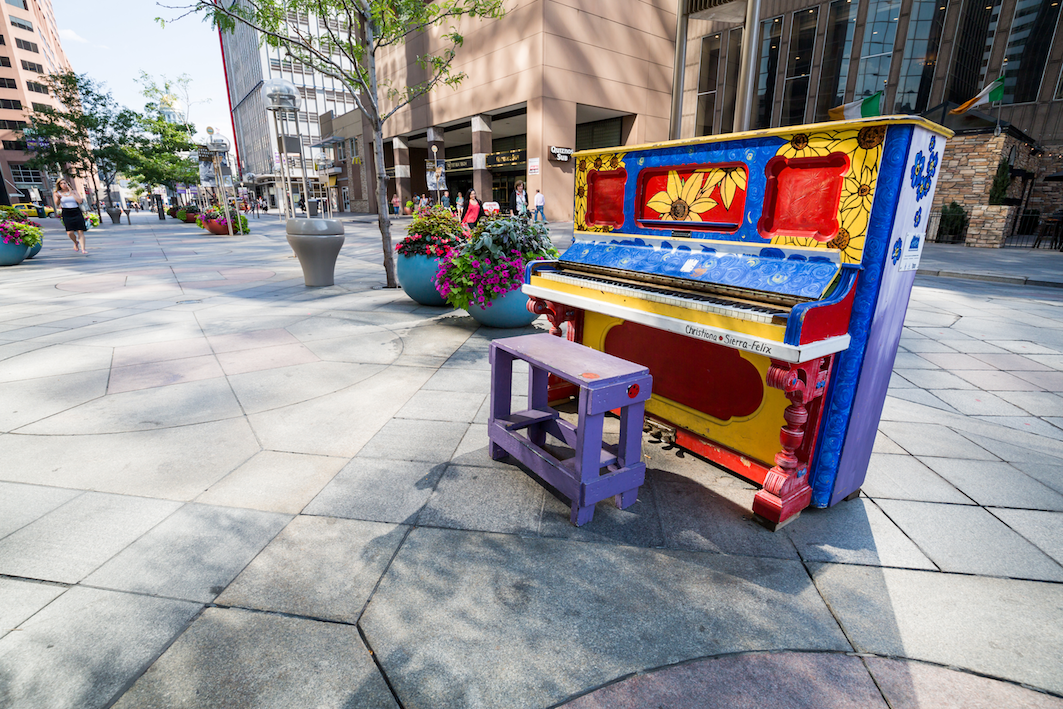I was so thrilled to hear a piece of music played by one of my students yesterday that I hadn’t heard her play for some time. In fact, the last time I heard it she could play it but it needed improvement, which would only come from regular playing. It’s called 57 12/8 Blues and is great fun to play. I had moved her on to other pieces in the knowledge that she would ‘keep it alive’ as a regular part of practising her playlist which is now approximately 60-70 songs and pieces.
I absolutely LOVE these ‘wow’ moments. She began to play it and it was one hundred times better than when I had last heard it. I was very impressed with her technique as it has some difficult stride chords in the left hand that she managed effortlessly. She just nailed it and finished with a huge grin on her face knowing full well she has surprised me. We can now start experimenting with it and creating an entirely new piece from it.
This is the difference between ‘generative’ and ‘receptive’ learning. Generative learning requires that a student uses existing, already learned knowledge and applies that knowledge to new situations with a willingness to experiment and explore. This type of learning allows students to reorganise information and integrate it with new ideas which fosters a great sense of creativity and an openness to delve into unchartered waters. That is, new territory that is not yet mapped out for them. They become explorers on a journey forging new ground.
Nothing is more exciting!
This way can sometimes take more courage because the pathway is not clearly laid out. I believe this skill will be highly sought after in the workforce of the future – an ability to create, design and innovate.
Receptive learning on the other hand (which is how I learned piano) requires that a student follows a set of instructions that have already been determined to be the ‘map’ or key (excuse the pun) to understanding a topic. Learning receptively generally requires these instructions be in written or spoken form and followed according to criteria that have already been universally established.
In reality, a good learning environment encourages both types of learning which is why I love teaching this program. The curriculum is a great mix of developing the ability to read and play music well but also encourages students to use music as a form of self-expression exploring their often untapped sense of human musical inventiveness, which, of course, is imprinted on their DNA.
Are you willing to try ANOTHER way? A NEW way. Are you game to step out in faith and have a go, even though this experience is different to what you are used to.
If you would like to learn how to actually PLAY the piano (not scales!) why not email joanne@rhythmandtunes.com.au with your best contact number and we can jump on the phone for a chat about your musical dreams and aspirations.
